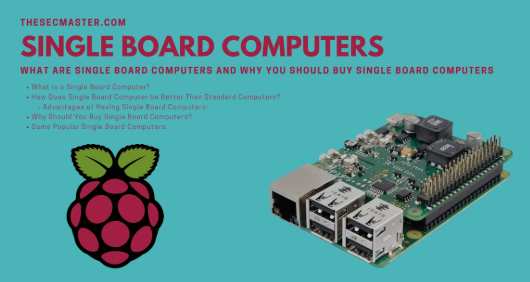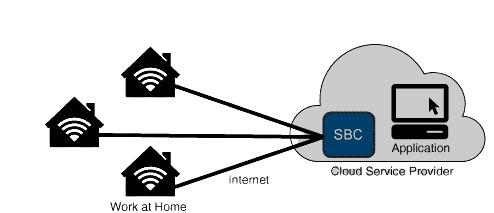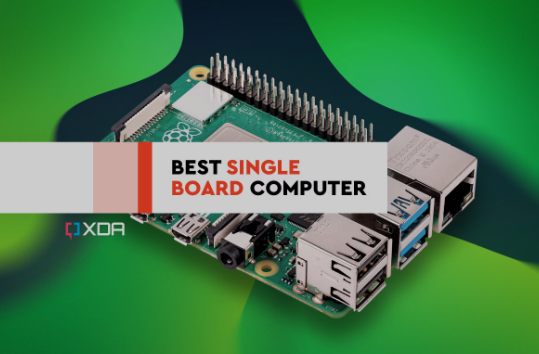Introduction
In the era of miniaturized technology, single-board PCs (SBCs) have emerged as versatile solutions for projects ranging from DIY electronics to industrial automation. While Linux-based SBCs like Raspberry Pi dominate headlines, Windows-compatible single-board PCs offer unique advantages for users seeking familiar software ecosystems. This guide explores the benefits, top models, use cases, and FAQs of single-board PCs running Windows, empowering you to choose the right tool for your needs.
What Is a Single-Board PC?
A single-board PC integrates all essential computer components—CPU, RAM, storage, and I/O ports—onto one compact circuit board. Unlike traditional desktop PCs, SBCs prioritize space efficiency and low power consumption. While models like Raspberry Pi typically run Linux, Windows-compatible SBCs leverage x86 or ARM processors to support Microsoft’s OS, bridging the gap between compact hardware and mainstream software.
Why Choose a Windows-Based Single-Board PC?

- Familiar OS Environment: Seamlessly run Windows applications like Office, Visual Studio, or proprietary industrial software.
- Compact & Portable: Ideal for embedded systems, portable devices, or space-constrained setups.
- Energy Efficiency: Consume as little as 10W, perfect for 24/7 operations (e.g., digital signage).
- Cost-Effective: Lower upfront and operational costs compared to full-sized PCs.
- IoT Readiness: Windows IoT Core/Enterprise versions enable secure, scalable IoT deployments.
Top Single-Board PCs Compatible with Windows
- LattePanda Alpha 864s
- Specs: Intel Celeron N5105, 8GB RAM, 64GB eMMC, WiFi 6.
- OS: Windows 10/11 Pro.
- Best For: High-performance edge computing and robotics.
- UDOO Bolt V8
- Specs: AMD Ryzen Embedded V1202B, 8GB RAM, USB-C, dual 4K support.
- OS: Windows 10 IoT Enterprise.
- Best For: Digital signage and multimedia applications.
- Intel NUC Board
- Specs: Intel Core i3/i5, upgradable RAM/SSD, Thunderbolt 4.
- OS: Windows 10/11.
- Best For: Compact desktop replacements.
- ASUS Tinker Board 3
- Specs: Rockchip RK3568 Quad-Core, 4GB RAM, Windows IoT compatibility.
- OS: Windows 10 IoT Enterprise.
- Best For: Lightweight industrial automation.
Use Cases for Windows-Based SBCs

- Industrial Automation: Control machinery using Windows-based SCADA systems.
- Digital Signage: Deploy content management tools like BrightSign on low-power hardware.
- Home Automation: Host Home Assistant or proprietary smart home software.
- Education: Teach coding (Python, C#) and electronics in Windows environments.
- Portable Workstations: Pair with a touchscreen for field diagnostics or presentations.
Buying Guide: Key Considerations
- Processor: Opt for Intel/AMD x86 chips for full Windows support; ARM for IoT versions.
- RAM/Storage: 4GB+ RAM and 32GB+ storage ensure smooth Windows operation.
- Connectivity: Prioritize USB 3.0, HDMI, and Wi-Fi 6 for peripherals.
- Expansion: GPIO pins, PCIe slots, or Arduino co-processors enhance project flexibility.
- OS Version: Confirm compatibility with Windows 10/11 Pro, IoT Enterprise, or IoT Core.
FAQs About Single-Board PCs Running Windows
Q1: Can a Raspberry Pi run Windows?
While not officially supported, Raspberry Pi 4/5 can run Windows 10 IoT Core (limited to ARM32 apps). Full Windows requires x86-based SBCs like LattePanda.
Q2: What are the limitations of Windows on SBCs?
- Driver compatibility issues with niche hardware.
- Reduced performance in resource-intensive tasks (e.g., video editing).
Q3: Is Windows IoT Core the same as standard Windows?
No. Windows IoT Core is a minimalist OS for edge devices, lacking a desktop interface. Windows IoT Enterprise offers more features but still differs from consumer editions.
Q4: Are these SBCs suitable for gaming?
Most SBCs lack dedicated GPUs, limiting gaming to lightweight titles (e.g., Minecraft, retro emulators).
END
Single-board PCs running Windows unlock a world of possibilities for developers, businesses, and hobbyists needing compact yet capable systems. By balancing performance, cost, and the Windows ecosystem, SBCs like LattePanda and UDOO Bolt are redefining embedded computing. Whether you’re automating a factory or building a smart mirror, a Windows-based SBC offers the perfect blend of power and portability.


